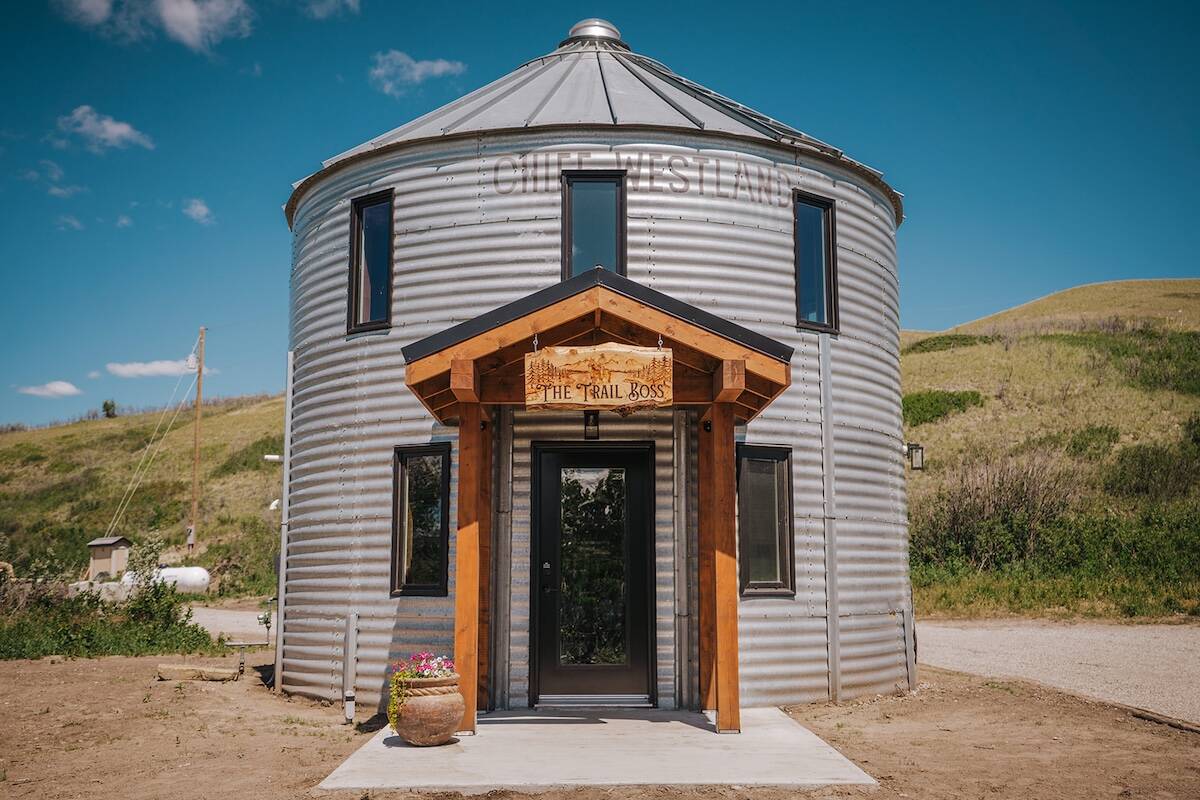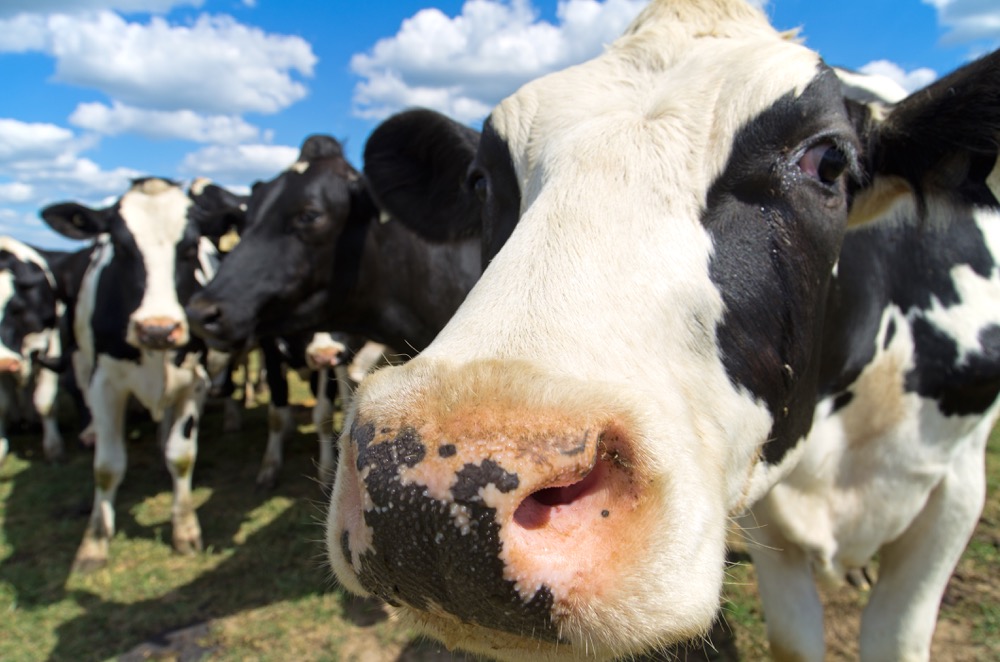I recall the early days of the farmers market in our community as the leaders focused on untapped opportunities. It was the mid-1970s, and farmers markets were just beginning to revive.
It was difficult to convince folks to go back to buying local produce and food. As the population shifted to buying in grocery stores, the market continued to struggle.
But that changed to a realization that local food was a good thing. Now farmers markets and farm stores are the preferred way of shopping for many urban and rural families.
Read Also

A great idea for repurposing grain bins
The Morrison family of southern Alberta have transformed old grain bins into unique guest cabins.
Despite the many downsides of the pandemic, it prompted a sudden concern about where food came from. As grocery shelves emptied, consumers flocked to tiny corner stores, farm stores and later, when they were open, farmers markets.
From 2019 to 2022, sales in Canadian farmers markets grew 19 per cent, even though they were often closed because of COVID restrictions. According to Statista, 53 per cent of Canadians say they want to buy local food.
The concept of a direct-from-farm market is not new in Canada. The longest-running market in the nation started in 1785 in Saint John, New Brunswick. The Saint John City Market remains in operation, cuddled by the original 1876 building, one of the few that survived the fire of 1877.
More with Brenda Schoepp: Putting solar farms on good land is a misguided way to go green
Selling farm produce directly has been around for thousands of years. The centralization of food distribution and retail sales nearly uprooted the ancient practices. But today, anywhere in Canada, you can enjoy vibrant farmers markets in almost every community, as well as on-farm markets and local food features in grocery stores.
From the early beginnings of a $10 table to sell your beets or bread, the local market today is part of the fabric of communities that want information directly from the person who grew the food, baked the bread or put those jams in jars. They are curious and knowledgeable, and those in Gen-Z also believe that what they eat today affects their body in the future.
These profound changes in the way we view food lead us to contemplate the future of marketing.
Brands were once the be-all of food identification to reflect quality, consistency and fair pricing. That has changed. The 11 companies in the world that create value-added products control more than 4,000 food brands.
This is often the “same doll in a different dress,” and consumers are starting to get that. They can see in the pricing of food that competition has been lost in the current system. Their access to information has created not only curiosity but a boundary on what they will and will not accept.
What does this mean for farmers? Regardless of farm size, there is an opportunity to connect authentically with those who buy our food and food products. These good folks range from gardeners to those disconnected from the food system entirely.
Whatever their story, they have decided to buy local. It’s not just about hearing the farm story. It needs to reflect their values.
Consumers look beyond what a farmer sells to try to get a glimpse of who they are and what they believe. In other words, they seek a values alignment with the farm in the areas of environment, equity, diversity, management practices and sometimes even politics. They look at the carrot from their own global perspective, however accurate that may be. They want local food to reflect a culture of care.
According to Kelly Leighton from the Centre for Food Integrity, it’s critical for farmers to be patient in relaying the message and building relationships with our consumers. They are hungry to get to know producers, but may not know how to go about doing that. It might be the farmer who is asking the questions.
The farm story should be solid enough to put on social media, and if it isn’t, then it’s likely best to quietly go back to the field and rethink the production plan and values that drive the business.
It’s a demanding new reality for farms of every size, including those who take food to the local market and those who export it by the tonne. Supermarkets have been around for decades, but the concept of a farm market has been solid for millennia.
The practices of the farm should reflect those that would sell food in a local market to the most discerning clientele.
The model of selling off the farm in a farmers market or any model of selling locally or regionally has the added advantage of the opportunity to add value to the food, the community and the region, based on shared values.
















